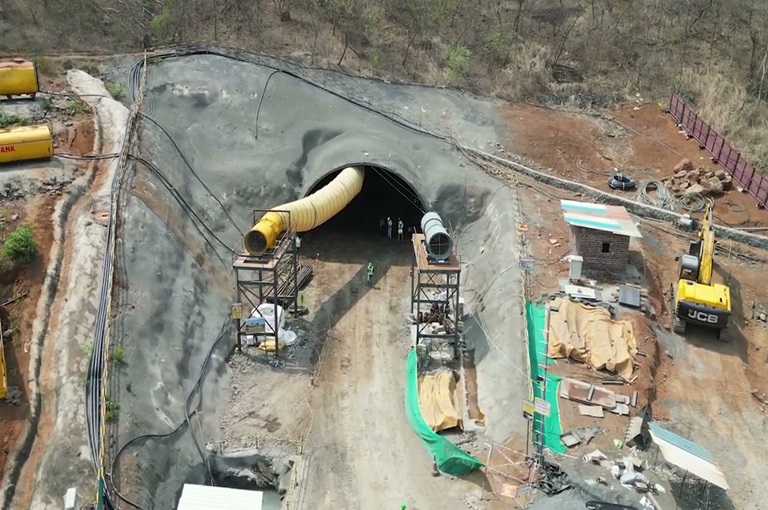India’s First Bullet Train to Feature 21 Km Undersea Tunnel


New Delhi: India is on the brink of achieving a groundbreaking feat in engineering with the construction of a 21 km long undersea tunnel beneath the Arabian Sea, a key component of the Mumbai-Ahmedabad High-Speed Rail Corridor. This ambitious project, which will introduce India’s first bullet train, is poised to transform transportation between Mumbai and Ahmedabad, two of the nation’s major cities.
The tunnel will extend from the Bandra-Kurla Complex (BKC) in Maharashtra to Shilphata, including a 7 km stretch under the ecologically sensitive Thane Creek. This section presents unique challenges due to the need to protect the area’s delicate environment, including the Flamingo Sanctuary and Mangrove Forest.
To accomplish this, advanced Tunnel Boring Machines (TBMs) with cutter heads measuring 13.1 metres in diameter will be deployed. These TBMs are significantly larger than those typically used in metro tunnel projects. The TBMs will handle the excavation of 16 kilometres of the tunnel, while the remaining 5 kilometres will be completed using the New Austrian Tunnelling Method (NATM). The tunnel, designed as a single tube with dual tracks, will facilitate the bullet train’s top speed of 320 kilometres per hour.
Construction work is scheduled to begin at three key locations: Ghansoli, Shilphata, and Vikhroli. The decision to construct the tunnel underground not only preserves the environment but also mitigates the complexities of land acquisition in the densely populated region of Mumbai. The National High-Speed Rail Corporation Limited (NHSRCL) is committed to ensuring that the project adheres to strict environmental standards, including the implementation of controlled blasting techniques to reduce noise and air pollution, marking a major advancement in India’s infrastructure landscape.






